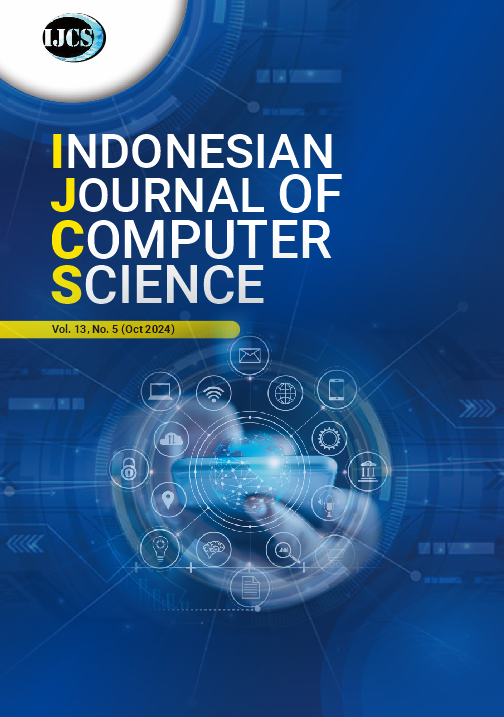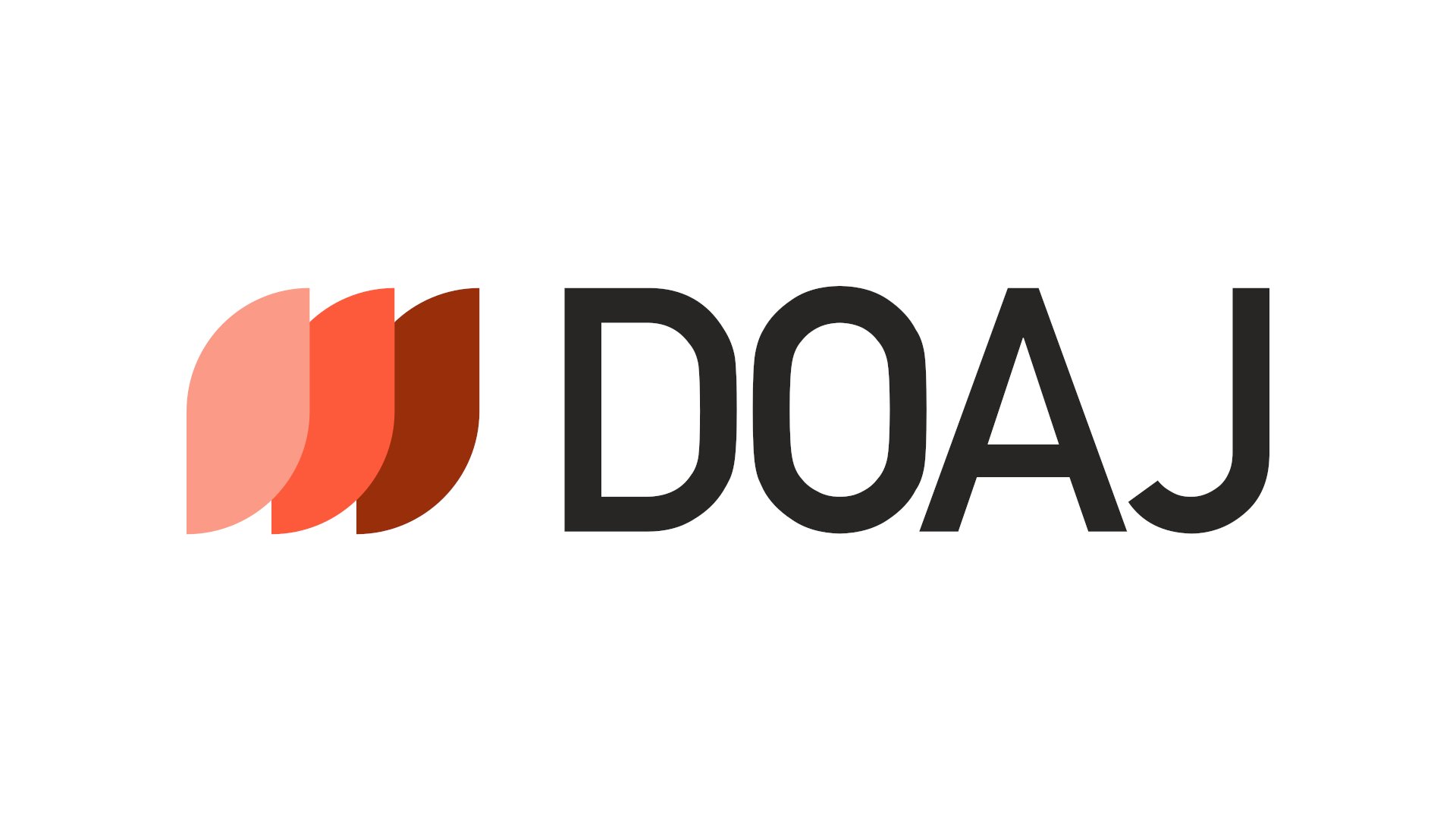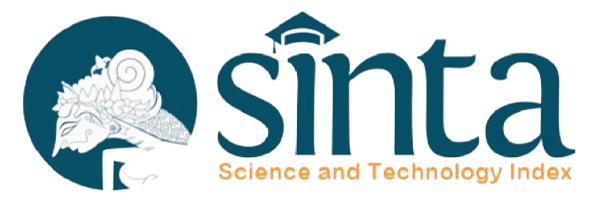Heart Rate and Oxygen Saturation Internet of Things System (HROS-IoT) Uses Fuzzy Logic
DOI:
https://doi.org/10.33022/ijcs.v13i5.4330Abstract
Emergencies in hospitals, including in-hospital cardiac arrest (IHCA), necessitate effective response systems for monitoring vital signs such as heart rate and oxygen saturation. This study aims to develop and evaluate a Heart Rate and Oxygen Saturation Internet of Things (HROS-IoT) system utilizing the MAX30102 sensor and ESP32 microcontroller for real-time health monitoring. The system transmits data to the Blynk application via WiFi, enabling remote monitoring. Testing involved comparing the HROS-IoT system's performance against the commercial LK87 oximeter in measuring heart rate and oxygen saturation before and after meals with five participants. Results indicated that the HROS-IoT system produced heart rate measurements with an average error of 5.2 BPM before meals and 11.3 BPM after meals. Oxygen saturation readings showed an average error of 1% before meals and after meals. Despite minor discrepancies influenced by individual physiological differences and environmental conditions, the HROS-IoT system consistently delivered reliable data. The system's real-time monitoring capability and remote data access enhance proactive health management in hospitals. This study demonstrates the potential of the HROS-IoT system to improve patient outcomes and safety, suggesting further refinements for better accuracy and integration into healthcare settings.
Downloads
Published
Issue
Section
License
Copyright (c) 2024 Adi Hermansyah, Ismail Habibi, Nurul Afifah, Iman Saladin B Azhar, Aditya Putra Perdana Prasetyo, Mutia Nadra Maulida

This work is licensed under a Creative Commons Attribution-ShareAlike 4.0 International License.





